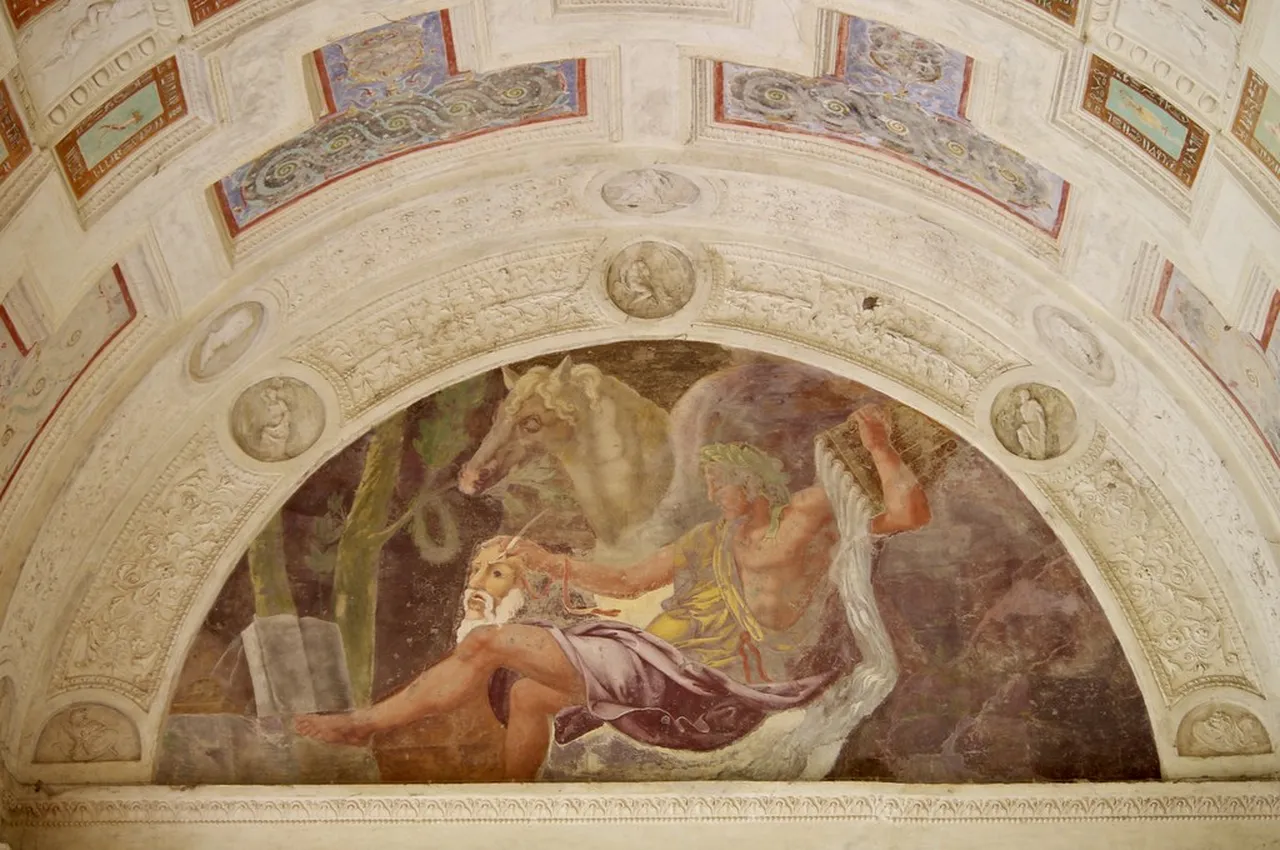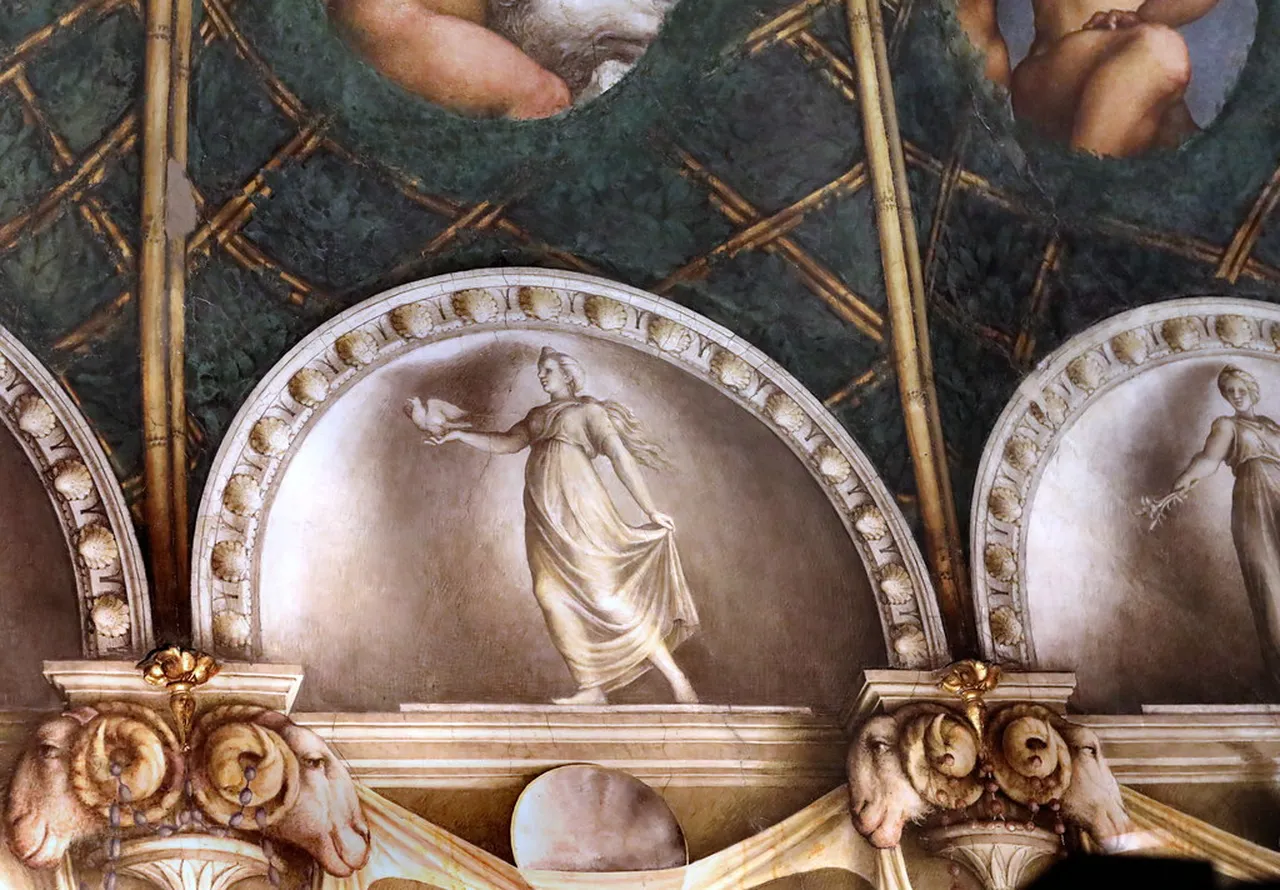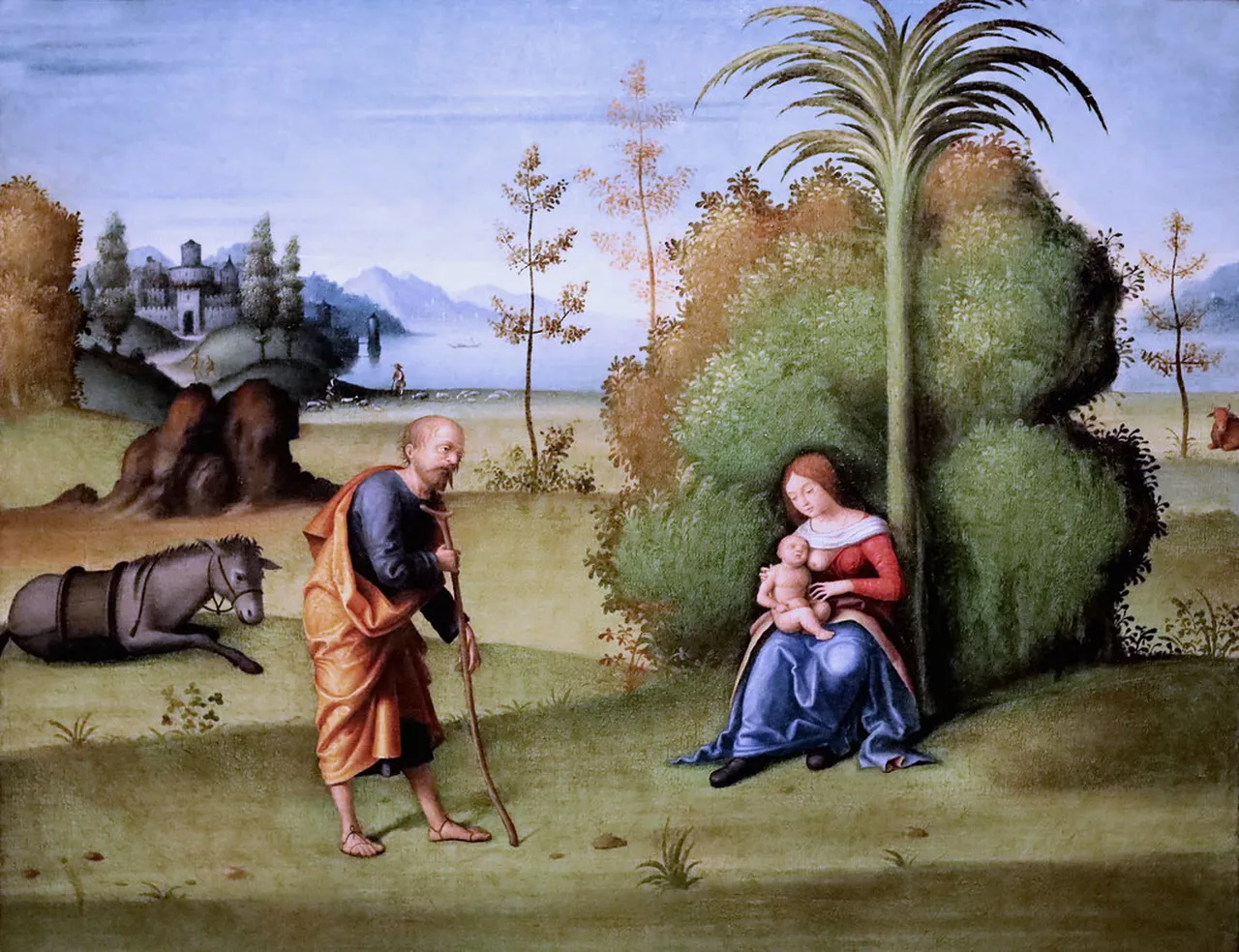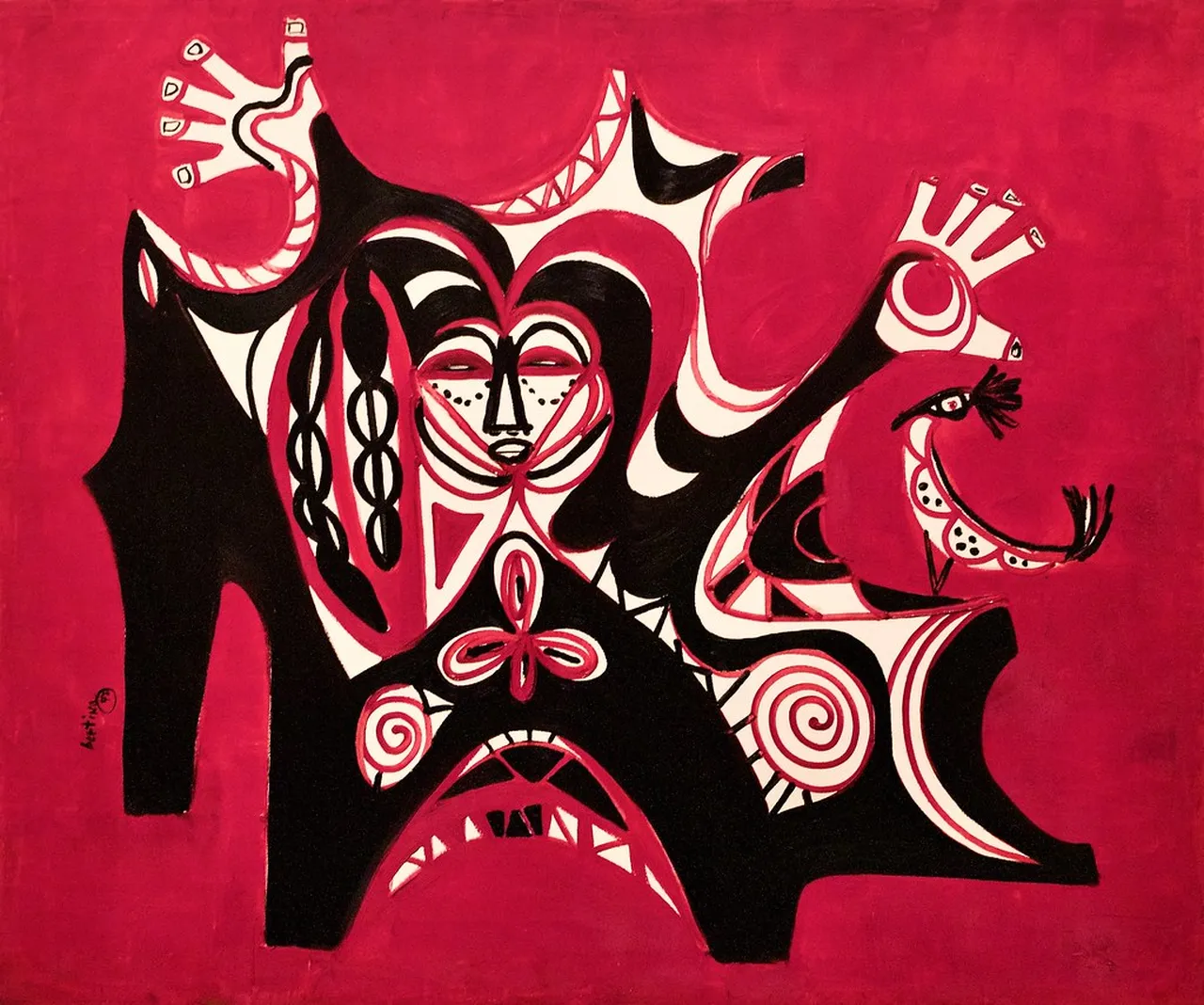
Mantua Culture: Uncovering the Heart of Italy’s Hidden Gem
Table of Contents
Mantua Culture: A Journey Through Italy’s Hidden Gem
Mantua culture is a captivating blend of history, art, and tradition that reflects the character of this often-overlooked Italian city. Known for its Renaissance architecture, exquisite cuisine, and lively festivals, Mantua invites travelers to explore a rich tapestry of experiences that truly embody Italian heritage. In this article, we will delve into the unique aspects of Mantua culture, uncovering the stories behind its monuments, the flavors of its dishes, and the vibrancy of its local traditions. Whether you’re an art lover, a foodie, or someone simply craving a cultural adventure, Mantua has something special to offer every visitor.
Want to find the best travel deals for this destination? adventure planner tool with our adventure planning specialist!
1. Exploring the Architectural Wonders of Mantua Culture

The architectural wonders of Mantua culture are truly breathtaking. As you stroll through the city, you’ll encounter beautifully preserved structures that reflect the magnificence of the Renaissance period. The Palazzo Ducale, once a seat of power, is an absolute must-visit. Here, intricate frescoes and grand courtyards tell stories of the city’s rich history.
Another gem is the iconic Teatro Bibiena, which showcases remarkable baroque architecture. The stunning interior, adorned with gold and crimson, Highlights the artistic flair of the era. Furthermore, visiting San Giorgio Castle offers not only insight into military architecture but also an incredible view of the surrounding lakes.
In summary, Mantua’s architectural landscape is a testament to its historical significance. So, don’t miss out on these splendid sites when you explore this cultural treasure.
2. Culinary Delights: Taste the Authentic Flavors of Mantua Culture

Tasting the authentic flavors of Mantua culture is an experience that delights the palate. The region is renowned for its rich culinary traditions, with dishes that reflect local ingredients. For instance, tortelli di zucca, filled with pumpkin and spices, is a beloved specialty that embodies the essence of Mantuan cuisine.
Moreover, you must try sbrisolona, a rustic crumble cake that offers a sweet finish to any meal. This delicacy is often served during local festivals, showcasing the importance of food in Mantua culture. Don’t forget to pair your meal with a glass of local wine, enhancing the flavors of this gastronomic wonder.
Lastly, exploring the vibrant markets will allow you to appreciate the agricultural bounty of Mantua. In conclusion, indulging in the culinary delights of this region is a celebration of its rich culture.
3. The Artistic Legacy: Renaissance Influence on Mantua Culture

The artistic legacy of Mantua culture is deeply rooted in the Renaissance. This period was marked by an explosion of creativity that shaped the city’s identity. Notably, the Gonzaga family were great patrons of the arts, commissioning works that have become iconic. Artists like Andrea Mantegna produced masterpieces that can still be admired today.
Additionally, the frescoes in the Camera degli Sposi reflect not only artistic excellence but also the socio-political dynamics of the time. They provide a fascinating glimpse into the mingling of art and power during the Renaissance. Consequently, this artistic influence is evident in the architecture and decor throughout Mantua.
In conclusion, the Renaissance has left an indelible mark on Mantua culture, making it a vibrant hub of artistic expression that draws visitors from around the globe.
4. Festivals and Celebrations: Embracing Mantua Culture Throughout the Year

Mantua is alive with festivals and celebrations that showcase its rich culture. Each event offers visitors a unique opportunity to immerse themselves in the local traditions. Among the most celebrated Events is the Festival of St. George, which features vibrant parades, traditional music, and culinary delights. Additionally, the Palio di Mantova, a historic horse race, draws crowds each September, celebrating the city’s medieval history.
Throughout the year, these festivals create a tapestry of Mantua’s culture, reminding everyone of its roots. During the Carnival, for example, Mantua transforms with colorful costumes and lively street performances, embodying the city’s festive spirit. Therefore, if you find yourself in Mantua, planning your visit around these events will enrich your experience and deepen your appreciation of the local culture.
5. Traditional Craftsmanship: A Look into Mantua’s Artisan Culture

The artisan culture of Mantua is a testament to the city’s rich history, marked by traditional craftsmanship. Local artisans are dedicated to preserving centuries-old traditions, creating beautiful handmade products that reflect Mantua’s cultural identity. From delicate lacework to handcrafted ceramics, each piece tells a story of dedication and skill.
Moreover, visiting artisan workshops offers travelers a rare glimpse into the creative process. For instance, the art of leather working still thrives here, where artisans produce exquisite bags and accessories using techniques passed down through generations. Don’t miss the chance to explore the annual artisan fairs, where you can meet these talented craftspeople and purchase unique souvenirs that represent the heart of Mantua culture.
6. Music and Theater: The Performance Arts in Mantua Culture
Music and theater play a pivotal role in Mantua culture, showcasing the city’s vibrant artistic scene. The Teatro Bibiena, with its stunning Baroque architecture, hosts a variety of performances, ranging from opera to classical concerts. It is not just a venue; it’s a cultural hub where local talent shines.
In addition, Mantua is known for its annual music festivals, which attract artists and audiences from around the globe. For example, the Festival della Letteratura combines literature, music, and performance, creating a unique experience for attendees. By attending these Events, you can truly feel the pulse of Mantua’s culture and connect with the local community through the universal language of art.
7. Historical Figures Who Shaped Mantua Culture
Mantua has a rich history, significantly influenced by prominent figures who shaped its cultural landscape. Notably, the Gonzaga family were pivotal in establishing Mantua as a center of art and culture during the Renaissance. Their patronage attracted brilliant artists and architects, thereby enriching the city’s heritage.
One cannot overlook Andrea Mantegna, a renowned painter born in Mantua. His innovative techniques and stunning frescoes transformed the art scene and left a lasting legacy. Furthermore, literary figures like Virgil, who hailed from the nearby town of Andes, are also integral to understanding Mantua’s cultural roots.
In addition, several historical scholars and philosophers, such as Francesco Gonzaga, contributed to the intellectual vibrancy of the region. Thus, exploring these historical figures provides exhilarating insights into how they collectively molded Mantua culture.
8. Afternoon Strolls: Discovering Mantua’s Enchanting Gardens
Pro Tip: Book your Mantua adventures in advance through Viator for the best deals!
Walking through Mantua’s enchanting gardens offers a tranquil escape into the heart of Mantua culture. The Giardini di Palazzo Ducale are a perfect spot for leisurely strolls surrounded by artistically designed landscapes and blooming flowers. This remarkable garden was originally constructed for the Gonzaga family and showcases fine examples of Renaissance landscaping.
While there, you can discover hidden corners and peaceful pathways. Additionally, the Parco del Mincio offers picturesque views along the river, making it an excellent place for nature lovers. By exploring these gardens, you’ll not only enjoy their beauty but also connect deeply with the vibrant cultural tapestry of Mantua.
9. Museums and Galleries: A Cultural Insight into Mantua
Mantua is home to numerous museums and galleries that provide profound insights into its cultural heritage. The Palazzo Ducale stands out with its significant art collections and historical artifacts that reflect the splendor of the Gonzaga dynasty. Moreover, the palace’s architecture is a blend of styles, showcasing the artistic evolution of the city.
Another must-visit is the Fondazione Palazzo Te, which features stunning artworks from both local and international artists. This venue typically hosts contemporary exhibitions, enriching visitors’ understanding of modern influences in Mantua culture.
As you traverse these cultural institutions, you’ll realize how vital they are to preserving and celebrating Mantua’s rich artistic history.
10. A Spiritual Journey: The Churches of Mantua and Their Cultural Significance
The city of Mantua is renowned for its magnificent churches, each showcasing unique architectural styles and rich histories. These spiritual havens not only serve as places of worship but also as vital components of Mantua culture. For instance, the Cathedral of Saint Peter stands out with its stunning Romanesque and Gothic elements, inviting visitors to explore its intricate interiors.
Beyond their beauty, these churches often host significant cultural Events throughout the year, such as Christmas celebrations and Easter traditions, which allow locals to express their faith and pass down traditions. Moreover, the iconic Church of Sant’Andrea houses remarkable artworks by renowned artists, reinforcing the deep connection between art and spirituality in Mantua’s cultural narrative.
11. Local Legends and Folklore: Stories Embedded in Mantua Culture
Mantua culture is rich with local legends and folklore that reflect the city’s vibrant history and traditions. These stories are often passed down through generations, captivating both young and old. One well-known legend is that of Cleopatra’s Last Stand, intertwining the tales of history with the romantic notions associated with the beloved queen.
Additionally, local folklore often features enchanting creatures and heroic figures who shape the identity of Mantua. As you stroll through the streets, you might hear whispers of supernatural events or legendary heroes that have left their mark on this city. This storytelling tradition not only preserves history but also fosters a sense of community among residents, making it an integral part of Mantua culture.
12. Community and Family Traditions in Mantua Culture
The essence of Mantua culture lies in its strong sense of community and family traditions. Many locals cherish time-honored customs, such as gathering for Sunday family dinners, which underscore the importance of bonds and shared experiences. These gatherings often feature traditional dishes, celebrating Mantua’s culinary heritage.
Festivities such as San Giorgio Day also highlight communal spirit, where residents participate in events that engage families and promote togetherness. Furthermore, local markets and fairs provide a platform for artisans to showcase their crafts, reinforcing community ties while preserving the rich artisan culture of Mantua. Ultimately, such traditions nurture a harmonious lifestyle, solidifying Mantua’s identity as a close-knit community.
Mantua culture is a captivating exploration of a city that beautifully interweaves history, art, and tradition into everyday life. From its stunning architecture and delectable cuisine to the vibrant festivals that bring the streets to life, Mantua offers a rich experience that resonates with anyone seeking a deeper understanding of Italy. Have you experienced the magic of Mantua yet? Share your story in the comments below and inspire others to discover the charm of this unique Italian gem.